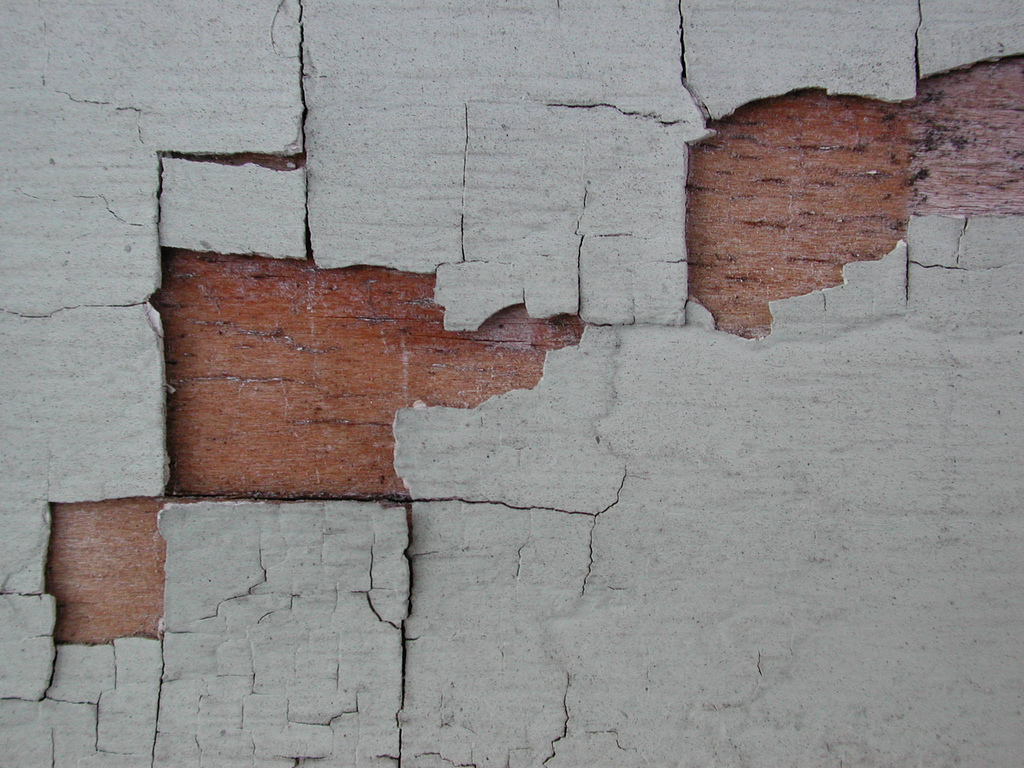Lead paint is highly toxic and exposure to it is associated with many chronic illnesses. In some states the government requires lead paint abatement. The EPA requires a certification for individuals and companies performing lead-paint abatement in pre-1978 housing and child-occupied facilities. Even in post-1978 structures, lead paint abatement is definitely not a job for amateurs.
The Dangers of Lead Paint Removal
Lead paint only becomes dangerous when it is detached from the wall, and able to be ingested by animals, children, and adults. Improper removal of lead paint can contaminate an entire structure, rendering it a Superfund site for which you as the owner are responsible.
Eliminating or reducing dust and fumes during abatement is the primary goal in lead paint removal. Furniture, carpeting, and anything left inside the structure undergoing lead paint removal must be removed or covered in thick sheets of plastic because the dust can settle on these items.
Methods and Costs of Removal
While it is imperative that a team of professionals conducts lead paint abatement, there are cheap and effective ways for consumers to test their homes themselves. The EPA has published recommendations for testing kits.
The EPA estimates that professional lead paint removal costs $8-$15 per square foot. The average full cost of removal is $10,000, depending on the size of the project and the square footage of the home.
Encapsulation and enclosure are two common removal methods. Encapsulation is the least complicated and cheapest method. It involves rolling a paint-like coating onto the affected surfaces, sealing in the lead paint. However, opening and closing doors and windows in a home may cause the coating to wear off.
Enclosure involves covering the lead painted surface with another material, such as drywall or aluminum and vinyl cladding for windows. This is often contrasted with the replacement method wherein every affected surface is removed and replaced, a time-consuming and costly method really only appropriate in the context of a larger renovation project.
Preventing Exposure
There are ways to minimize exposure to lead paint prior to abatement. Ensure that floors and all other surfaces are cleaned with warm water and all-purpose cleaner. Be sure to thoroughly rinse the sponges and mop heads used.
Frequent hand washing, especially before meals and bedtime, is essential to minimizing exposure. Shoes should be removed when indoors to prevent the tracking of lead-contaminated soil into the home.
It may not be necessary to undertake a large scale lead paint abatement project if the paint is in good condition. This means there is no chipping or other damage and there are no children under age 6 who frequently visit the home. Regardless of its condition, however, you will have to disclose the presence of the paint if planning to sell the home.
Contact your local EPA office and a lead paint removal contractor if you find any of the signs described here. Make the right choice and consult with an expert on lead paint removal if you have found it in your home.



